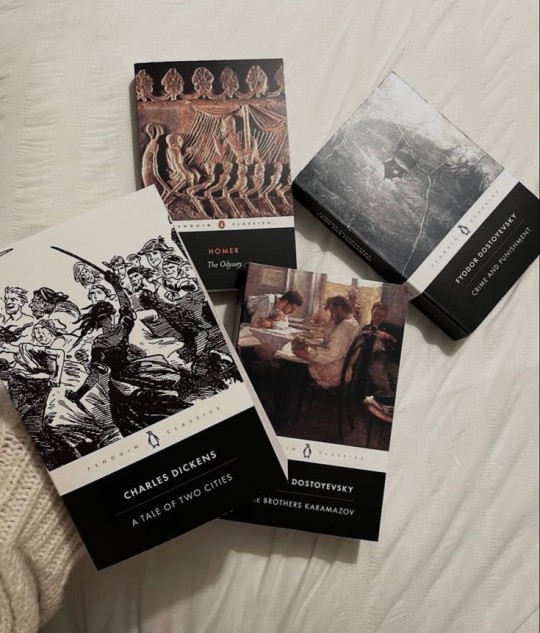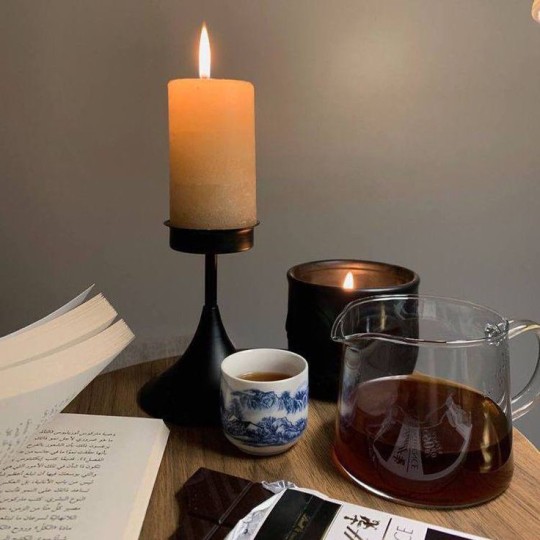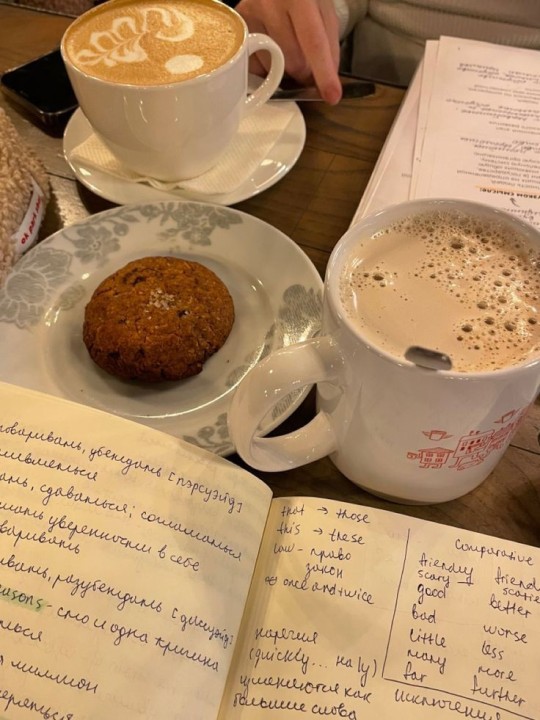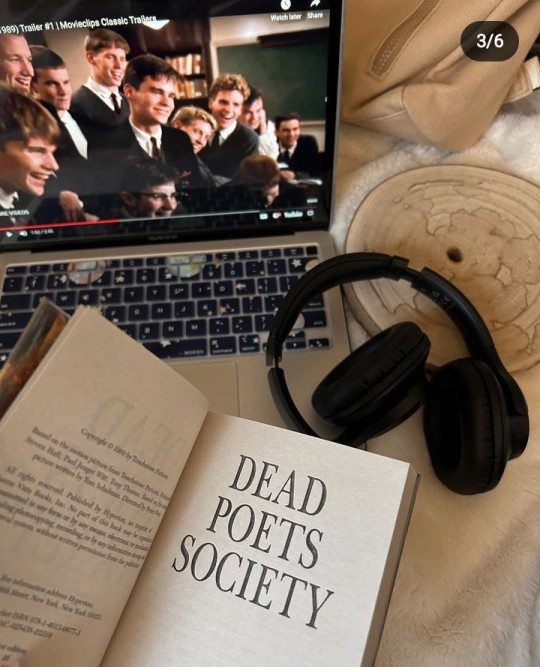Text



My mother told me many things, among the most useful is one must always have Shakespeare close to hand.
📽🍿 Penny Dreadful (2014)
7 notes
·
View notes
Text

I wanted to read Don Quixote since I was 12 and could get hold of it in my late twenties. If I had known that it would become so expensive over time, I would have bought it earlier and stored it until I was old enough to read it! It is catchy from the first pages. I know that I will be with him for more than 2 months, what could be better than this? ✨🙈
0 notes
Text

Attic
Don’t talk to me of solemn days In autumn’s time of splendor 🍂🎃 — Paul Laurence Dunbar The threshold between one season and another, between one moment and the next, between one way of being and the next one: There’s power there. If you can identify the demarcation and pause in it, you can turn your head one way and see where you’ve been, turn the other, and see where you’re going. We’re doing so many things and moving so quickly that these moments usually slip by unacknowledged. We didn’t realize we were in the portal until we had already passed through it.
|| Source [🔗]
#aesthetic#books#books and reading#dark aesthetic#photography#reminder#reading#witches#peaceful#diary
0 notes
Text
fast food, fast fashion, songs being sped up, tv show seasons being only 8 episodes long, replacing youtube vlogs with fifteen second “day in the life” tiktoks, people in their 20s complaining about being too old...everything is so rushed, we have lost the art of lingering.
37K notes
·
View notes
Text





STRANGE TALES: WIERTZ'S ART
Antoine Wiertz (1806–1865) was a Belgian painter and sculptor whose life and work reflected a deep passion for the dramatic and the unsettling. His paintings were described as a strange, often monstrous potpourri lacking focus and refusing aesthetic categorization.
Hunger, Madness, Crime (1853)
At the centre of the painting is a woman with a baby swaddled up on her laps. From her appearance, one would say she has gone mad; hunger drove her into crime, evident with the babies' leg in the pot at the fireplace. Hunger in the painting is clearly illustrated with the dirty plate and empty basket of groceries on the table, and further by the conditions of the living space she is in.
The Young Sorceress (1857)
It is a very late depiction of the long-standing fable of witchcraft: the young woman has an intense expression, as she is getting on her broomstick, being egged on by the spells of the old and wizened witch behind. The scene is filled with a variety of symbolic objects.
The Reader of Novels (1853)
This is one of his paintings that just has me so curious. Much is left for the viewer to fill. In the painting, there lies a nude woman who is reading a book right above her face. A mirror suspended on the right side of the painting reflects her body. The woman's clothes are on the beds foot while some garland are on the mirrors edge. Beside her on the bed are several other books, and the hand of a horned figure is reaching up to those books from below and behind a curtain.
Premature Burial (1854)
The painting visits a not uncommon dread in the nineteenth century: that of being presumed dead, buried, and then recovering to find yourself in a coffin. This did happen, particularly during cholera epidemics, as indicated by the lettering on the opening coffin.
The Beautiful Rosine (1847)
Wiertz painted a pretty model whose name he gives as Rosine. She stands in a state of undress, facing a skeleton slung from a metal eye screwed into the top of its skull. She looks up at the bones of the face, and the vacant eye sockets, with a faint wry smile on her face, as we are left to ponder the artist’s meaning.
115 notes
·
View notes
Text


life lately
2 notes
·
View notes
Text

– March | Aesthetic
⊹ ₊˚‧ 🧛♀️ 🐈⬛ ‧˚₊ ⊹
#dark academia#books and reading#books#diary#scrapbook#aesthetic#skincare#totebag#dark aesthetic#journal
6 notes
·
View notes
Text
Pérotin[n 1] (fl. c. 1200) was a composer associated with the Notre Dame school of polyphony in Paris and the broader ars antiqua musical style of high medieval music. He is credited with developing the polyphonic practices of his predecessor Léonin, with the introduction of three and four-part harmonies.
From Wikipedia
⊹ ₊˚‧ ‧˚₊ ⊹ My Playlist on SPOTIFY ⊹ ₊˚‧ ‧˚₊ ⊹
#dark academia#music#musician#song of the day#dark aesthetic#spotify#books and reading#reading#art history#Spotify
1 note
·
View note
Text

February ⊹ ₊˚‧ ☆ ‧˚₊ ⊹
0 notes
Text
But her life was as cold as an attic facing north; and boredom, like a silent spider, was weaving its web in the shadows, in every corner of her heart.
Gustave Flaubert, from Madame Bovary
120 notes
·
View notes















